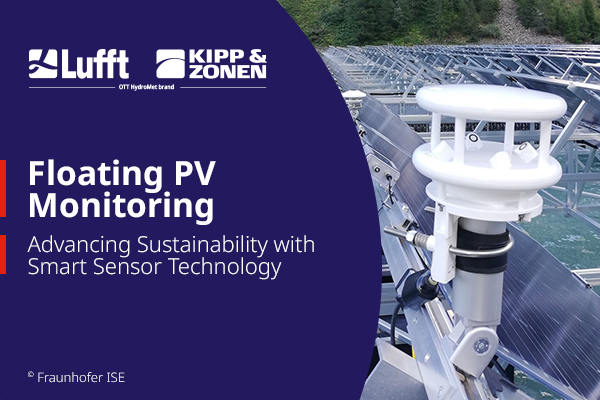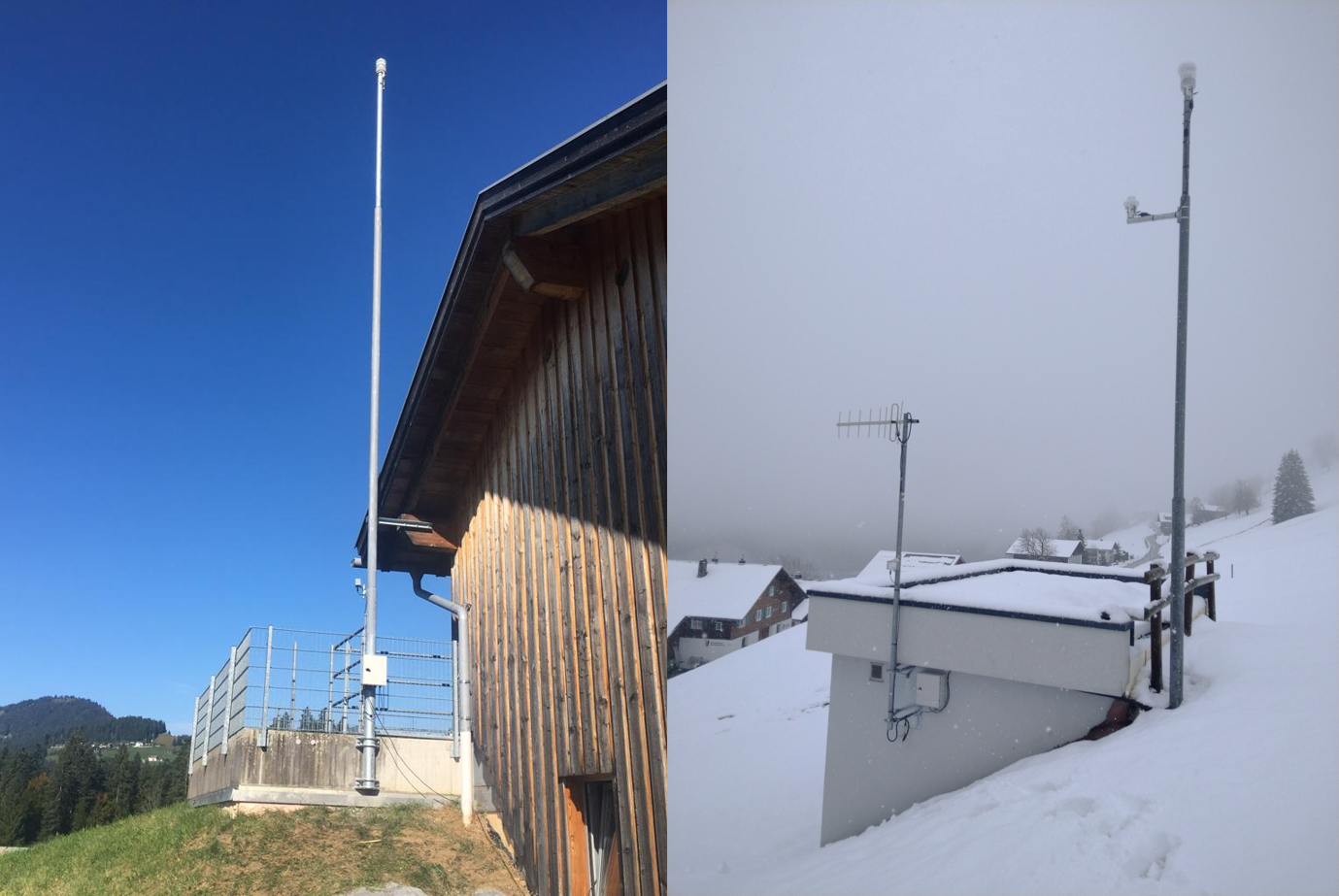There are three climate zones in Russia: The arctic, the temperate and the sub-tropical climates. At times, the country is dominated by extreme temperature differences… Read in this blog entry why measurement technology from Lufft is an important step toward making the Russian highways safer.
 Photo-Credit: antiksu – Fotolia.com
Photo-Credit: antiksu – Fotolia.com
There are three climate zones in Russia: The arctic, the temperate and the sub-tropical climates. At times, the country is dominated by extreme temperature differences. The temperature fluctuations increase the further east one travels. But Russia is also characterized by its hard and relentless winters. In Eastern Siberia, the temperatures can drop to -35 degrees Celsius and even as far down as -60 degrees Celsius. The locals adapted to these extreme temperatures long ago. Common activities include ice fishing, taking a refreshing bath in an ice holes.
The highways in Russia are the subjects to these extreme weather conditions for years.
In order to change this, Lufft and Lufft exclusive partner in Russia OJSC Moscow Roads, are currently developing several long-term projects along the highways across the whole Russia. A “Road Weather Information System” with more than 100 Lufft measuring stations are installed across Russia. The systems are equipped with the NIRS31-UMB no-contact road sensor, a camera and the WS600-UMB all-in-one compact weather station. Almost half of the systems have been already put into commission. The NIRS31-UMB no-contact road sensor determines surface conditions such as moisture, ice, sleet, snow or slippery frost. It is also possible to determine temperature and adhesion. The WS600-UMB compact weather station measures air temperature, relative humidity, precipitation intensity, type of precipitation, quantity of precipitation, air pressure, wind direction and wind speed. Visibility sensors such as the VS20-UMB will also be installed in foggy areas. Installing this technology is an important step toward making the highways across the whole Russia safer.


